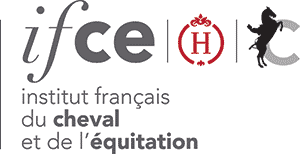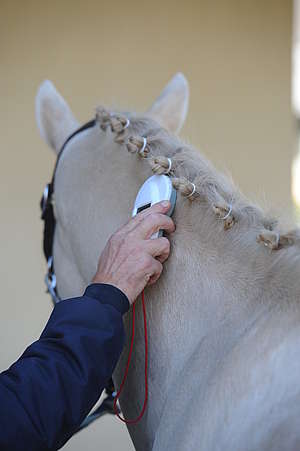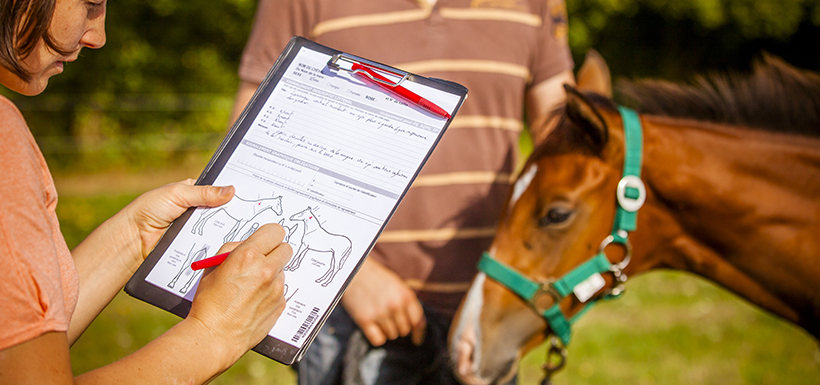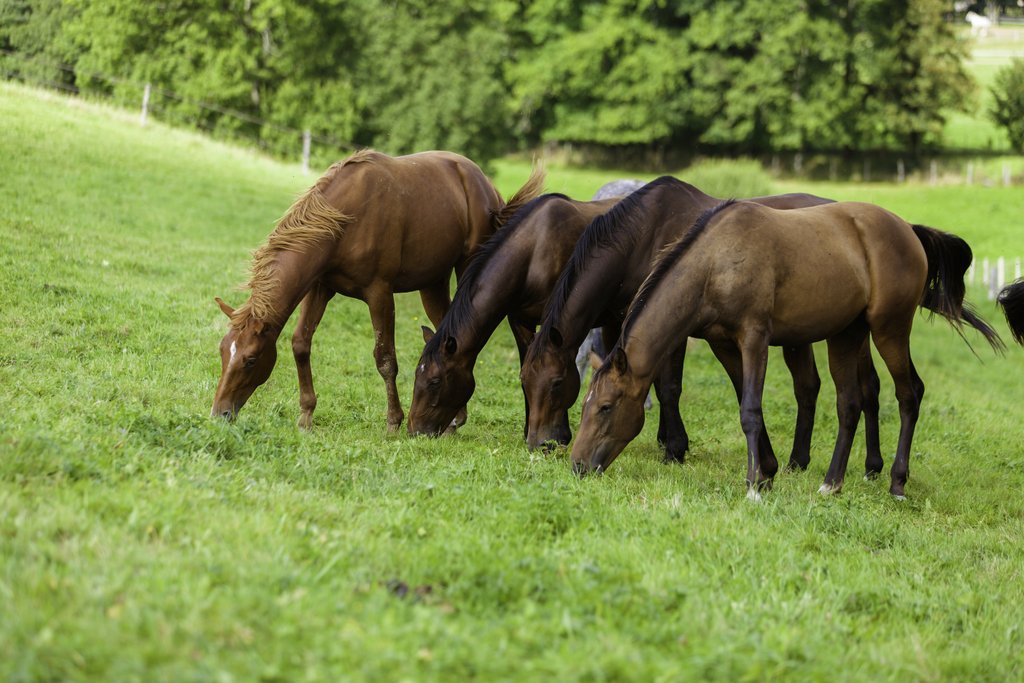

History and presentation of the « SIRE »
Breeders, horse owners, riders or custodians of horses, any person related to the horse sector, has sooner or later to address the SIRE (Information System Relating to Equines) to complete administrative formalities or to find reliable information concerning a horse. Let’s take a closer look at this service rendered by the IFCE.


- History of the SIRE
- A database dedicated to the horse sector
- How does the SIRE operate ?
- The SIRE’s tasks
History of the SIRE

Management of equine identification is carried out by the Institut français du cheval et de l’équitation (IFCE), via the SIRE central database. The idea is to develop a digital information system compiling all the existing databases concerning all the actors in the horse sector.
The IFCE ensures the upkeep of the centralised file system containing the whole of the equine population stationed on French territory, as well as keeping track of horse owners and custodians, so as to help in traceability of the equine population.
The SIRE information system therefore helps in grouping the information and formalities which are useful for sanitary traceability and the selection process. All the information available is highlighted from individual or elaborate data, economic statistics, and is available online. The SIRE is considered today as a reference tool worldwide, and is a model for many countries.
Since 1976, date when the database was created, it has never stopped evolving to keep up with the demands of the horse sector and has widened its horizons to include economical, scientific, and technical data, collected over the entire French territory, in partnership with the breeding institute, regional horse committees, and Chambers of agriculture.
First created with a view to helping with selection thanks to identification and certifying parentage, the assignments attributed to the SIRE then evolved to include sanitary safety concerns.
Some dates
- 1976 : creation of the first database listing horses and ponies, based on the owners giving the information on a voluntary basis
- 1979 : cretion of the first stud-books
- 1982 : introduction of genetic indexes for sport horses
- 1985 : creation of the teletel service (information from the database consultable on the minitel)
- 1987 : Draft horses and donkeys are entered in the database (simplified procedure, on a voluntary basis)
- 1995 : creation of a second database (SIRE 2) linked up to the other databases in the sector
- 2001 : The database is put online
- 2002 : Creation of the microchip service in answer to the decree rendering microchipping compulsary, gradually for all equines
- 2003-2007 : development of online formalities
- 2008 : identification and microchipping compulsary for all equines
- 2010 : declaring locations where horses are kept becomes compulsary
- 2013 : foreign authorities can edit their own passports for horses born in France
- 2016 : implementation of the new European regulations
- 2017 : new approvals for selection bodies
- 2021 : application of the law regarding animal welfare
A database dedicated to the horse sector

Among the tasks of the IFCE is the management of a database dedicated to the horses sector :
- The French Institute for horses and equestrianism (IFCE) ensures the upkeep of the central horse database for registered horses, as well as the follow up of owners and custodians in order to take part in traceability of horses over French territory ;
- The IFCE also initiates actions with a view to developing an information system relating to equines (SIRE) with the different partners in the sector from a national , European and International point of view.
The SIRE database is unique in France, unlike in other European countries, where each stud-book manages its own horse database. It has the role of a central filing system for the equine population, by listing all the equines based in France, their owners and custodians ; it is also a zootechnical database for the breeds it deals with, and for any horses who are not registered in a genealogical book. The SIRE database is constantly evolving to take into account the needs of the horse sector. It is based in Corrèze at Pompadour, and employs around one hundred people.
The SIRE encompasses a large number of formalities relating to equines from the covering of a mare to semen imports, from the birth of a foal to ownership changes or declaration of places where the animals are kept. Any information entered is a constant enrichment to the information contained in the database.
How does the SIRE operate ?
The SIRE operates around 4 axes.
Traceability and sanitary safety
Maintaining a central database of all registered equines and their owners or custodians, contributes to better equine traceability, and enables better management of sanitary risks on French territory. In the case of an epidemic outbreak, the computerised information contributes to efficient sanitary protection.
Management of identification of the equine population
Managing equine identification is the heart of the SIRE’s mission, with a team in charge of updating the database, dealing with the files and editing identification and ownership documents. The SIRE accompanies each horse throughout its lifetime.
Innovation
A vehicle for progress, innovation consists in integrating new technologies in the identification process for more efficiency. It also contributes to the evolution of the database, the application of new regulations and the development of online services and mobile applications.
Enhancing the information
A genuine basis for information, the SIRE enables to cross-reference the national database with data on characterisation, economic information, etc. From free access on internet of information concerning horses, to requests for specific data from the database, the SIRE provides everyone with access to reliable data in different fields.
The SIRE’s tasks
The SIRE ensures the management of the central sanitary and zootechnical database for equines, and identification of animals of unknown breeding for the State :
- Tool dedicated to managing sanitary risks, the SIRE central database lists all the equine population present on French territory, as well as their owners and custodians, which allows fast access to this information in the case of a sanitary crisis, and thanks to which there is a traceability network with the sector : sanitary management of stallion coverings, exchanges with data from laboratories, exclusions from the meat sector.
- The SIRE delivers identification documents (passports) for horses who are not registered in any genealogical stud-book (OC= Origine constatée (certified parentage) and ONC = Origine non constatée (uncertified parentage).
- The SIRE provides support to the ministry of agriculture (DGAL and DGPE : Direction générle de l’alimentation and Direction générale de la performance économique et environementale des entreprises) for the elaboration, negotiation or application of regulations (European zoothechnical regulations, animal welfare, selection committee approvals, notes for abbatoirs).
The SIRE, by delegation from the selection committees, ensures the material upkeep of genealogical stud-books and the issuing of identification documents.
Since 2016, the SIRE has become a service provider for the approved selection organisms who can delegate tasks to the SIRE. The Ifce is the default selection organism for other breeds.
The SIRE carries out a financial collection role for its partners (selection committees, the RESPE and the ATM), at a marginally low cost, but with a guarantee of efficiency (mandatory formalities).
The SIRE database is linked up in a network with the other French databases (France Galop, SETF, SHF, SFET, FFE…) dedicated to adding value and selection (pooling of horse information, of which genealogies, performance index calculations, characterisation tools, circulating and enhancing data in association with the Development, Innovation and Research department).
On an international level, the SIRE has always been considered as a reference with regard to identification, and playing a major part in large scale projects (microchipping, unique identification number, data exchanges) worked on by Whirdec (International work group).

Know more about our authors
- Translated from french by : Karen DUFFY Translator
- Mathilde DHOLLANDE Responsable marketing et communication IFCE-SIRE
- Julie SCHNEIDER Directrice centrale des contrôles et de l'identification de terrain - IFCE








